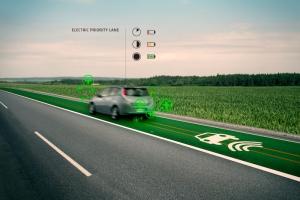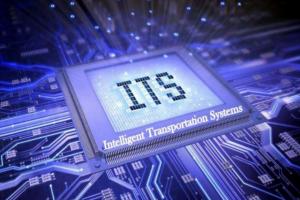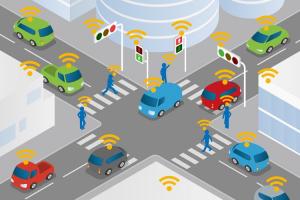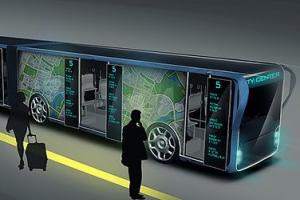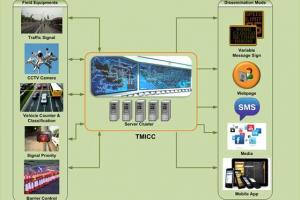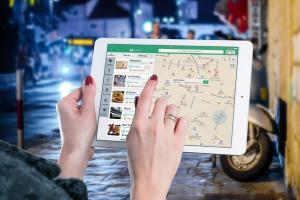Physical Components and Devices in ITS
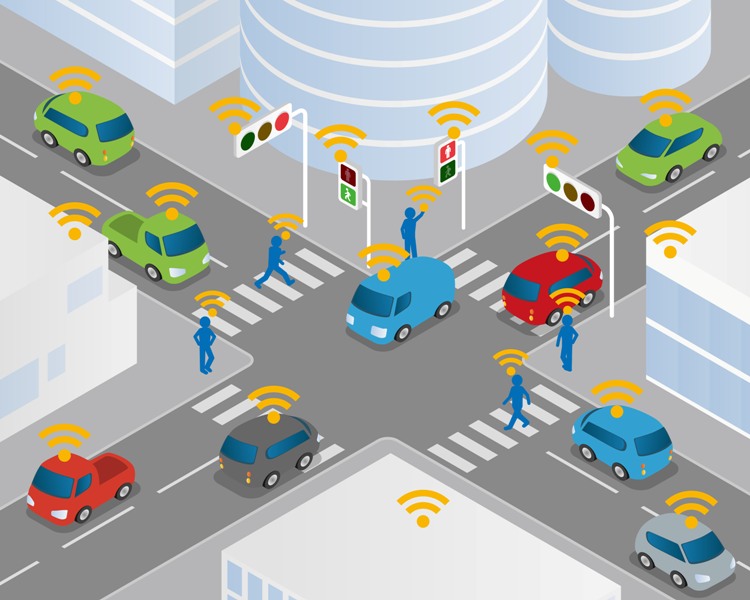
- Field Equipment
- Inductive loop detectors
- Magnetic detectors
- Infrared and microwave
- Acoustic detectors
- Video imaging
- Communication
- Wired communication
- Wireless communication
- Traffic management center
- Basic facility
- Signal control
- Traffic surveillance
- Freeway control
- Integration for regional control
- Incident detection
- Incident response
- Information Dissemination
- Electronic tolls
- Rail crossing monitor
Physical Components and Devices in ITS
Field Equipment
Inductive loop detectors
One of the primary devices used in ITS, inductive loop detectors are installed beneath the road surface to detect the presence of vehicles. These detectors generate an electromagnetic field and measure disturbances caused by passing vehicles, providing real-time traffic information such as vehicle presence, occupancy, and speed.
Magnetic detectors
Similar to inductive loop detectors, magnetic detectors utilize magnetometers to detect changes in the Earth's magnetic field caused by passing vehicles. They offer advantages in terms of cost-effectiveness, durability, and ease of installation.
Infrared and microwave
These detectors employ infrared or microwave technology to monitor traffic flow and detect vehicles. Infrared detectors use infrared beams to detect interruptions caused by passing vehicles, while microwave detectors measure the Doppler shift of reflected microwaves to determine vehicle speed and occupancy.
Acoustic detectors
Acoustic detectors use sound waves to detect vehicle presence and movements. They are particularly useful in areas where other detection methods may face challenges, such as tunnels or under bridges.
Video imaging
Video imaging systems employ cameras and computer vision algorithms to analyze live or recorded video footage of roadways. They can detect various traffic parameters, including vehicle count, speed, and lane occupancy. Additionally, video imaging systems are used for license plate recognition, incident detection, and surveillance purposes.
Communication
i. Wired communication
Wired communication infrastructure forms the backbone of an intelligent transport system. It includes fiber optic cables, Ethernet connections, and other wired networks that facilitate data transmission between various components of the system. Wired communication ensures high-speed and reliable data exchange.
-
Fiber optic
-
Twisted pair wires
ii. Wireless communication
Wireless communication plays a vital role in ITS, enabling real-time connectivity between field devices, traffic management centers, and vehicles. Technologies such as cellular networks, Wi-Fi, and dedicated short-range communications (DSRC) allow for seamless data transmission and communication in both urban and remote areas.
- Microwave
-
Radio
-
Cellular technology
Traffic Management Center
The Traffic Management Center (TMC) serves as the nerve center of an intelligent transport system. It comprises several components that collectively facilitate efficient traffic management, incident response, and information dissemination. Let's explore these components:
Basic facility
The TMC serves as a central hub for monitoring and managing the entire transportation network. It includes workstations, servers, network infrastructure, and control systems necessary for system operation.
Signal control
TMCs enable centralized control of traffic signals at intersections. Traffic engineers can adjust signal timings based on real-time traffic conditions, reducing congestion and improving traffic flow.TMCs enable centralized control of traffic signals at intersections. Traffic engineers can adjust signal timings based on real-time traffic conditions, reducing congestion and improving traffic flow.
Traffic surveillance
Through a network of cameras and sensors, TMCs provide real-time surveillance of roadways. This enables traffic operators to identify incidents, monitor traffic conditions, and respond promptly to emergencies.
Freeway control
TMCs manage and control freeway operations, including ramp metering, variable message signs, and dynamic lane control systems. These measures help optimize traffic flow and minimize congestion on freeways.
Integration for regional control
TMCs often integrate with neighboring TMCs or regional transportation management centers to facilitate coordinated traffic management across a wider area. This integration enables the exchange of data and coordination of responses during regional incidents or events.
Incident detection
TMCs employ advanced algorithms and data analytics to detect traffic incidents such as accidents, congestion, or road hazards. Early detection enables prompt response, improving safety and minimizing the impact on traffic flow.
Incident response
Once an incident is detected, TMCs facilitate quick and effective incident response. They coordinate emergency services, provide real-time information to drivers, and implement traffic diversions to ensure the safety of road users and minimize disruptions.
Information Dissemination
TMCs serve as information hubs, relaying real-time traffic updates, travel advisories, and alternative route suggestions to motorists through variable message signs, mobile apps, websites, and other communication channels.
Electronic tolls
TMCs often incorporate electronic tolling systems that automate toll collection and traffic flow at toll plazas. This technology minimizes congestion, improves payment efficiency, and enhances the overall road user experience.
Rail crossing monitor
TMCs also oversee the monitoring and control of railway crossings to ensure safe passage for vehicles and trains. They may integrate with railway systems to provide real-time information about train schedules, crossing statuses, and potential conflicts.



